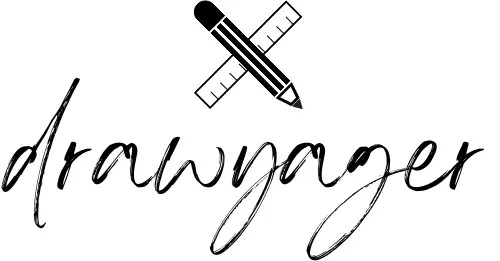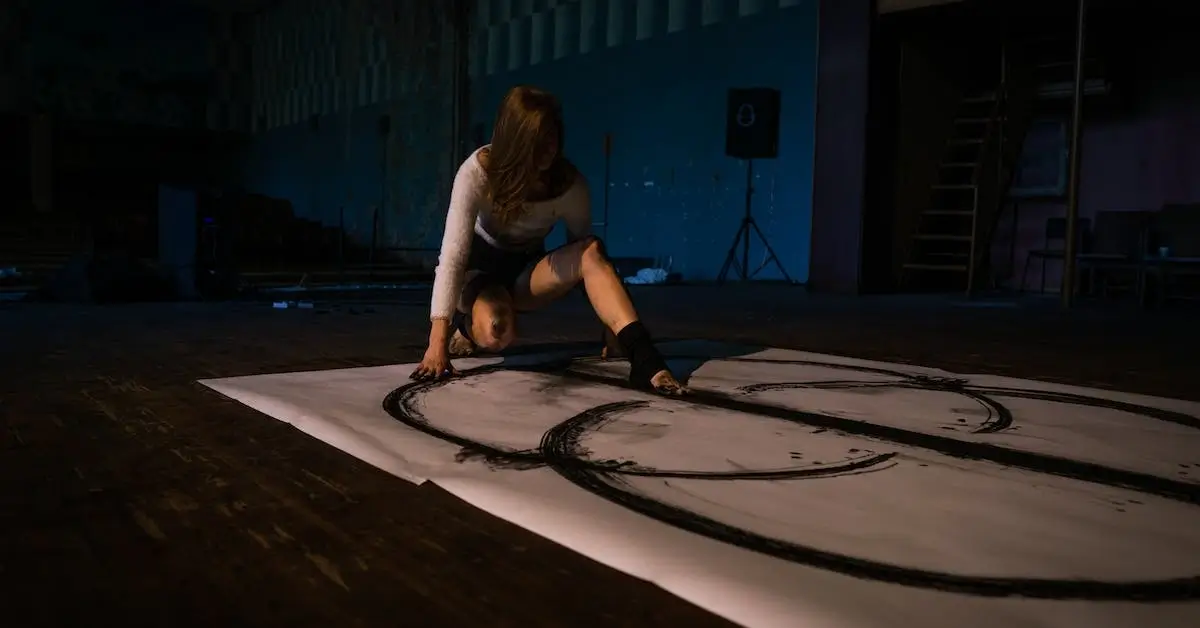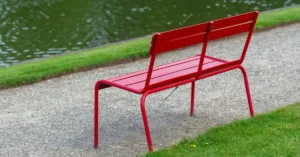The idea of sketching with charcoal ignites my creative soul, encouraging me to explore the detailed and subtle realm of monochrome art. As I glide pieces of charcoal across the canvas, I give life to a range of shades from gentle greys to rich, profound blacks. This interplay of lightness and darkness is akin to storytelling through every stroke made on the canvas. For me, my interest in charcoal comes from its versatility; it enables me to depict a variety of scenes, from the gentle curves of a human face and the stark silhouettes of urban landscapes, to the intricate designs of objects.
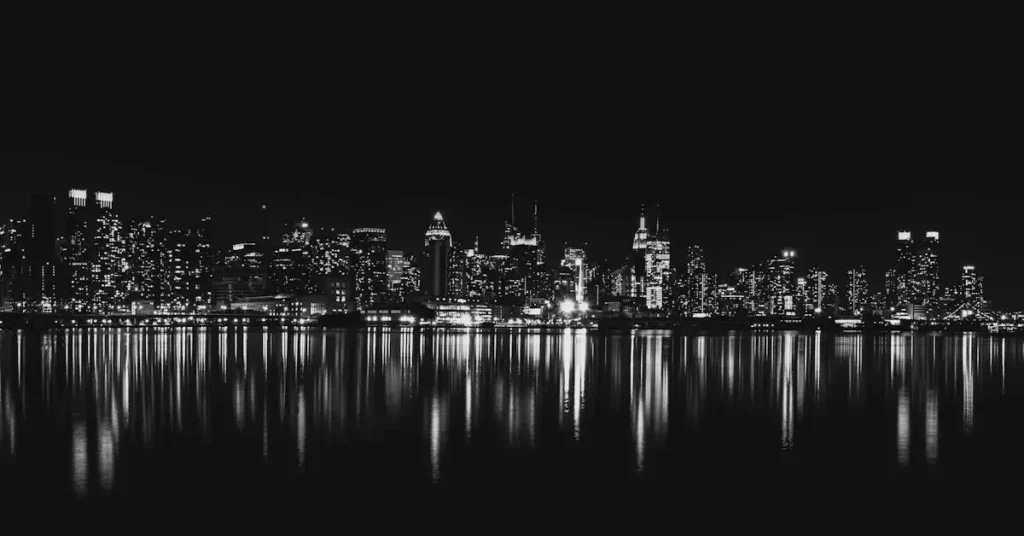
Venturing into charcoal art, the options are as vast as my imagination. I often start with simple concepts – a fruit bowl on my kitchen table, the charming disarray of my bookshelf, or even the serene stillness of my sleeping cat. All the charcoal drawing ideas, with their unique contours and contrasts, presents an opportunity for me to fine-tune my skills.
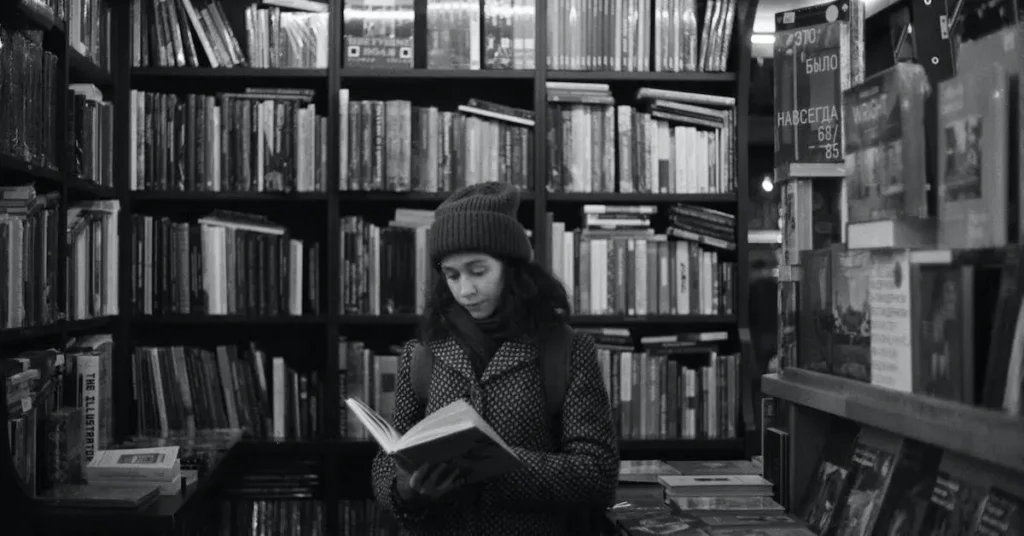
What truly captivates me is how beginner-friendly charcoal can be. With a few smudges and erasures, I find beauty in the imperfections and learn as I go. Whether I’m a seasoned artist or just picking up a charcoal stick for the first time, the joy of creating something from a humble piece of burnt wood never ceases to amaze me.
Gathering Your Materials
I want to share some focused tips on selecting the right tools and paper, which are key to bringing your charcoal drawing ideas to life.
Essential Tools for Charcoal Drawing Ideas
When I start a new project, there are a few must-have items I always grab:
- Charcoal Sticks: These are the bread and butter of charcoal art, offering rich, dark lines and the ability to shade large areas. Compressed charcoal sticks are denser and give a darker line, while vine or willow charcoal sticks are softer and easier to erase.
- Charcoal Pencils: Ideal for fine details, charcoal pencils let me control line weight and texture precisely. I keep a range of hardness levels from soft to hard for maximum versatility in my tonal values.
- Blending Stumps: Fully malleable, blending stumps are a godsend for smoothing out shades and creating soft transitions between tones.
- Erasers: I never forget a kneaded eraser, which can lift out highlights and smudges with ease. I also keep a harder, white eraser on hand for removing larger areas of charcoal.
- Drawing Board: Ensuring a solid backing, my drawing board is indispensable, especially when I work on larger pieces.
Here’s a glance at my toolkit:
| Tool Type | Description |
|---|---|
| Charcoal Sticks | For broad strokes and shading |
| Charcoal Pencils | For detailed work and fine lines |
| Blending Stumps | For smoothing and blending shades |
| Kneaded Eraser | For lifting charcoal off the paper |
| White Eraser | For erasing large areas of charcoal |
| Drawing Board | To provide a sturdy surface for drawing |
Finding the Best Paper
Choosing the right charcoal paper is just as important as the tools. I look for paper that:
- Offers the Right Texture: A little tooth (the paper’s texture) grabs the charcoal effectively. But too much can make the drawing look grainy. I tend to go for a medium texture that’s not too smooth or too rough.
- Supports Tonal Values: Good charcoal paper should highlight the deepest blacks and cleanest whites. This contrast is vital for the dynamic range in my drawings.
- Durability: A paper that can withstand erasing and working the charcoal without falling apart keeps my artwork in pristine condition.
Remember, the choice of paper can dramatically affect the result of your charcoal drawing ideas. Here are my paper specifics:
- Texture: Medium tooth
- Weight: Heavyweight (for durability)
- Color: Light ivory or white (for contrast)
Specialized Subjects and Styles
When I explore charcoal drawing ideas, I’m fascinated by the different specialized subjects and styles that can be achieved with charcoal pencils. This pliable medium captures fine details and broad strokes, allowing me to express a range of emotions and atmospheres.
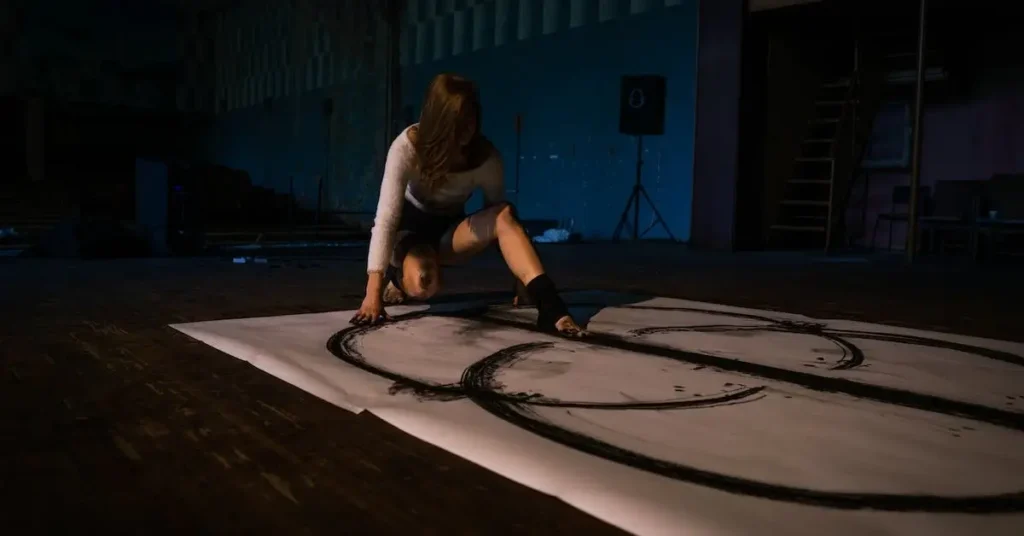
Creating Portraits and Figures
Portraiture and figure drawing with charcoal can convey deep emotion and capture the subtlety of human expressions. Portraits are particularly rewarding for me because I can focus on the finer points of the subject’s features, paying attention to the details and proportions that give life to a drawing. Utilizing charcoal pencils lets me achieve high accuracy while the ability to shade and blend effortlessly with charcoal enhances the realism of my work.
- Emotion: I pay special attention to the eyes and mouth, adjusting the pressure on the pencil to express the mood.
- Proportions: I always start with a light sketch to ensure facial features are aligned correctly before I commit to deeper shades.
- Movement: Like with every drawing, it’s also important to charcoal drawing ideas to capture the movement correctly to transfer the mood.
Exploring Still-Life and Nature Charcoal Drawing Ideas
Still-life and natural subjects like flowers and animals provide endless inspiration for charcoal drawing. They require keen observation skills as I strive to replicate the textures of petals or the fur of animals. Here, charcoal drawing techniques like smudging and erasing highlight the play of light and shadow.
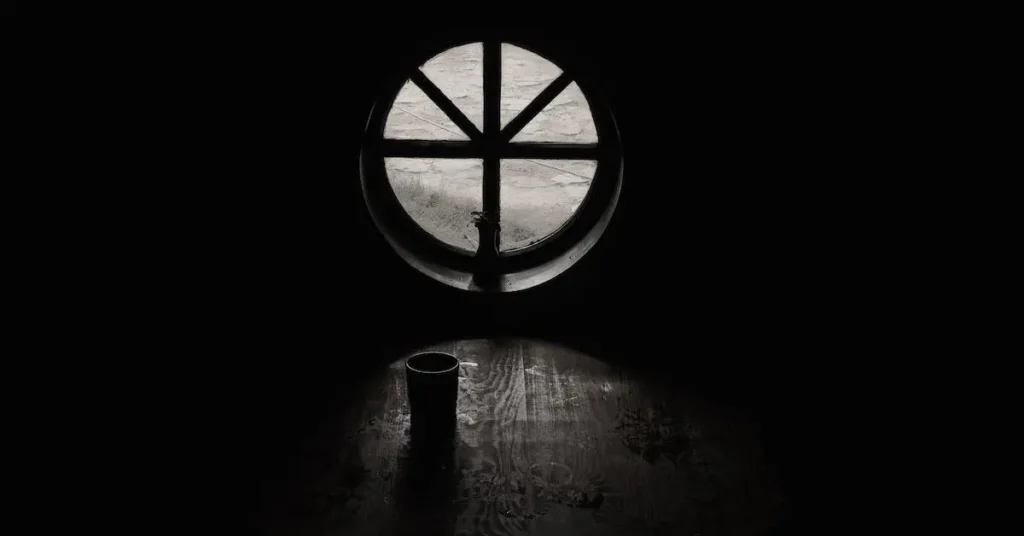
Animal Charcoal Drawing Ideas:
- Majestic Lion Portrait: Create a striking portrait of a lion, capturing its regal mane and intense gaze.
- Graceful Deer in the Forest: Illustrate a serene scene of a deer standing amidst a forest clearing, with dappled sunlight filtering through the trees.
- Mysterious Owl Perched on a Branch: Draw an owl perched on a twisted tree branch, its feathers ruffled by the wind, with piercing eyes staring into the distance.
- Playful Kittens: Capture the playful antics of a group of kittens frolicking together, with charcoal strokes conveying their fluffy fur and curious expressions.
- Majestic Elephant in the Savannah: Create a powerful image of an elephant standing against the backdrop of the African savannah, with wisps of grass and dust swirling around its feet.

Nature Charcoal Drawing Ideas:
- Moonlit Forest: Draw a tranquil forest bathed in moonlight, with tall trees casting long shadows and a sense of stillness permeating the scene.
- Rugged Mountain Landscape: Illustrate a rugged mountain landscape with towering peaks, craggy cliffs, and swirling clouds, conveying a sense of grandeur and awe.
- Gentle Stream: Capture the peaceful beauty of a gentle stream winding its way through a lush valley, with reflections of trees and rocks shimmering in the water.
- Sunset over the Ocean: Create a dramatic scene of a fiery sunset over the ocean, with waves crashing against rocky cliffs and seagulls soaring in the sky.
- Whimsical Forest Clearing: Draw a whimsical forest clearing filled with wildflowers, mushrooms, and butterflies, with shafts of sunlight filtering through the canopy.
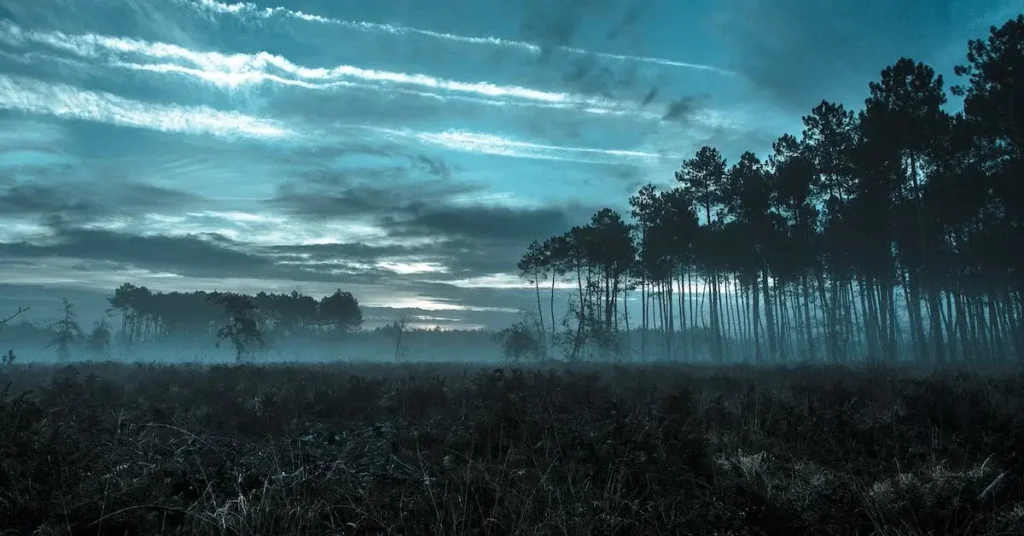
Flower Charcoal Drawing Ideas:
- Elegant Rose Blossom: Capture the delicate beauty of a fully bloomed rose, with charcoal strokes conveying its soft petals and intricate details.
- Vibrant Sunflower Field: Illustrate a vibrant field of sunflowers stretching towards the sun, with their cheerful faces turned towards the sky.
- Soothing Lavender Garden: Draw a tranquil lavender garden with rows of fragrant lavender bushes swaying gently in the breeze, surrounded by bees and butterflies.
- Exotic Orchid Bouquet: Create an exotic bouquet of orchids in various shapes and colors, arranged in a graceful cascade of blooms.
- Whimsical Wildflower Meadow: Capture the whimsy of a wildflower meadow bursting with color, with a variety of flowers dancing in the wind and butterflies flitting among them.
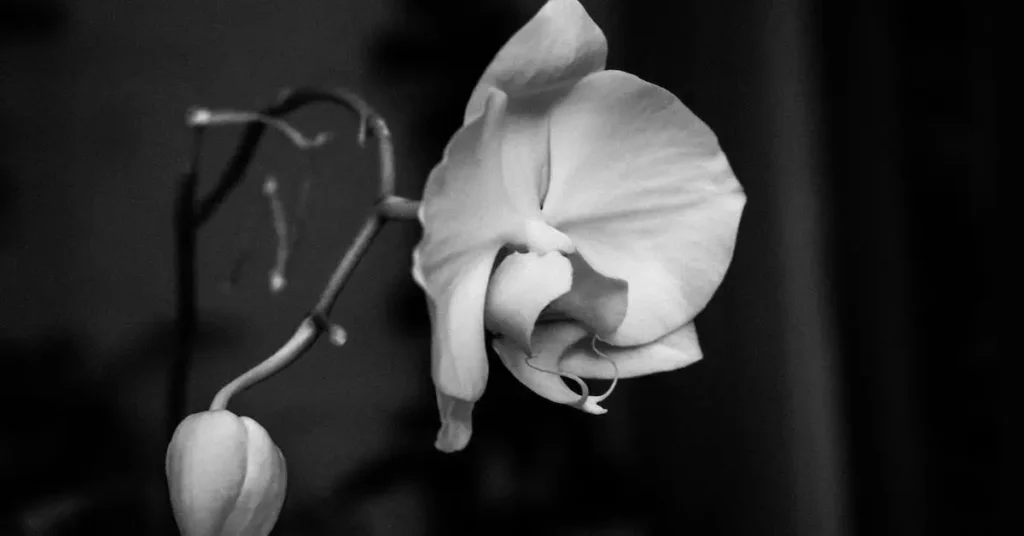
Depict Man-made Objects
Drawing man-made objects as charcoal drawing ideas allows me to portray the world around me. Whether it’s grand architecture or everyday items, the easel becomes my window, and the charcoal is my means of sharing my perspective. The contrast of light and dark that charcoal provides brings out the solidity and texture of these objects.
Grand Architecture Charcoal Drawing Ideas:
- Gothic Cathedral Interior: Capture the intricate details and soaring arches of a Gothic cathedral’s interior, emphasizing the play of light and shadow in the vast space.
- Neoclassical Courthouse: Illustrate the grandeur of a neoclassical courthouse facade, with imposing columns, ornate pediments, and a sense of historical significance.
- Art Deco Skyscraper: Draw a sleek and stylish Art Deco skyscraper rising into the urban skyline, with geometric patterns, streamlined forms, and decorative embellishments.
- Baroque Palace Garden: Create a lush and opulent garden surrounding a Baroque palace, with sculpted hedges, ornamental fountains, and cascading staircases.
- Medieval Castle Ruins: Depict the romantic ruins of a medieval castle, with crumbling walls, ivy-covered towers, and a sense of ancient history echoing through the stones.
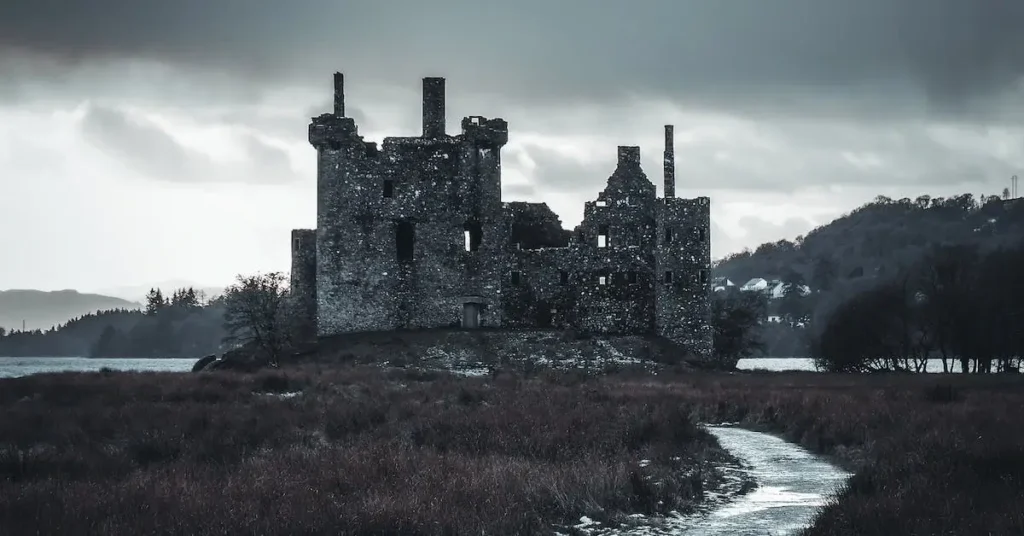
Everyday Object Charcoal Drawing Ideas:
- Vintage Typewriter: Draw a vintage typewriter resting on a desk, with its keys and mechanical parts highlighted by the chiaroscuro effect of charcoal.
- Retro Telephone: Illustrate a retro rotary telephone with its handset resting off the hook, capturing the sleek curves and tactile details of the device.
- Antique Pocket Watch: Create a detailed charcoal drawing of an antique pocket watch, showcasing its intricate engravings, delicate hands, and vintage charm.
- Classic Vinyl Record Player: Depict a classic vinyl record player with its turntable spinning and stylus resting on the grooves, evoking a sense of nostalgia and musical appreciation.
- Kitchen Still Life: Draw a kitchen still-life scene with everyday objects such as a teapot, cutting board, fruit bowl, and utensils arranged on a countertop or table, capturing the warmth and familiarity of home.
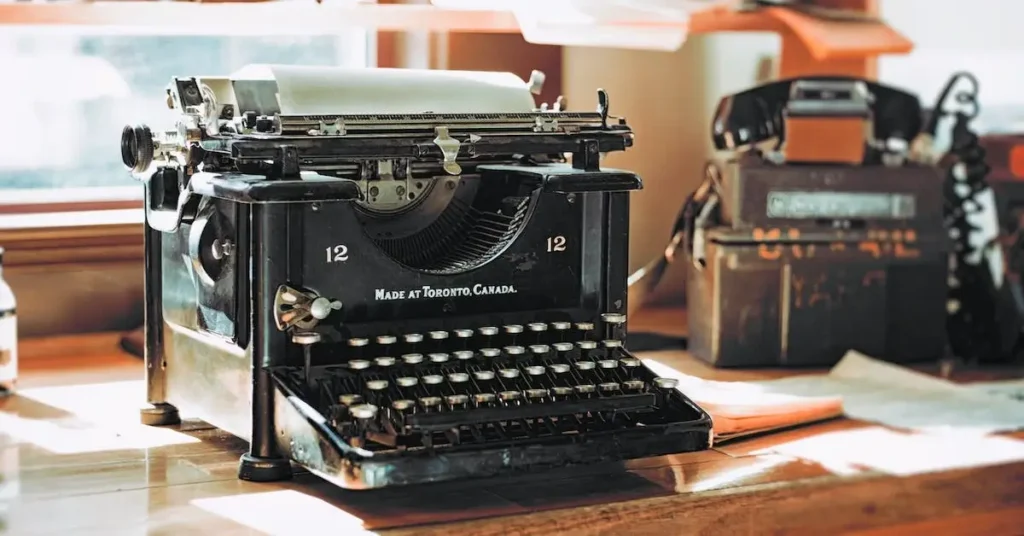
Electronic Charcoal Drawing Ideas:
- Modern Smartphone: Illustrate a sleek and modern smartphone with its touchscreen display illuminated by the glow of digital icons and apps.
- High-Tech Headphones: Create a dynamic drawing of high-tech headphones with their sleek design, plush ear cups, and intricate details.
- Laptop Computer: Depict a laptop computer open on a desk, with its keyboard, trackpad, and screen rendered in precise charcoal strokes.
- Gaming Console Setup: Draw a gaming console setup with controllers, discs, and accessories arranged on a gaming station, capturing the excitement and immersion of gaming culture.
- Vintage Radio: Capture the nostalgic charm of a vintage radio with its dials, knobs, and speaker grille, evoking memories of bygone eras and simpler times.
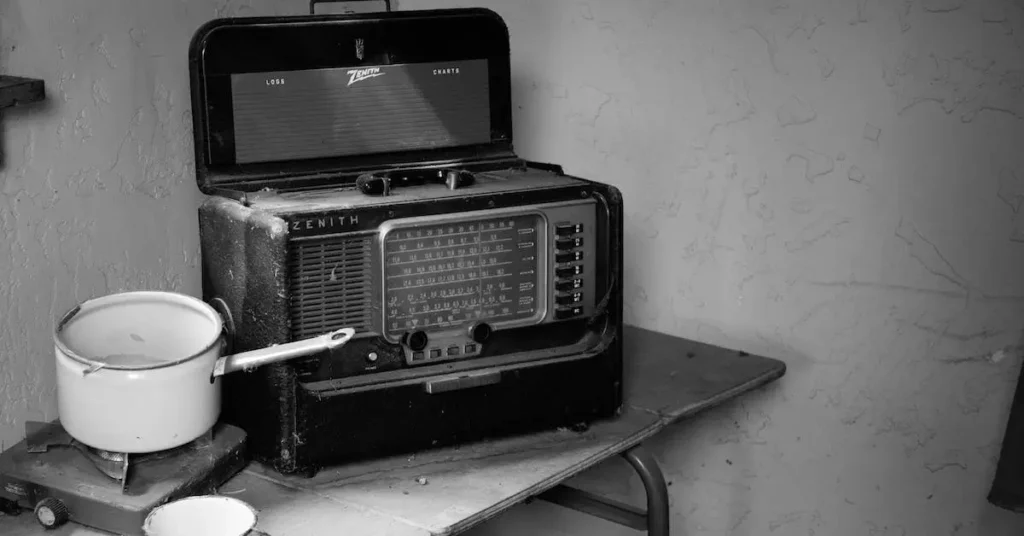
Experimenting with Abstract
Abstract charcoal drawing ideas stretch my creativity and don’t bind me to visual references. It’s about exploring form, composition, and the interplay of light and shadow without the need for hyper-realism or accuracy. In abstraction, the emotion and mood come through in the marks made on the paper, and sometimes the results surprise even me.
- Gesture Drawing with Charcoal: Explore the fluidity and spontaneity of gesture drawing using charcoal. Focus on capturing the essence of movement and energy through quick, expressive marks on the paper. Allow your hand to move freely and intuitively, responding to the rhythm and flow of your subject or imagination.
- Texture Exploration: Experiment with creating different textures using charcoal. Use varied techniques such as stippling, hatching, cross-hatching, blending, and erasing to achieve a range of tactile effects on the paper. Play with contrasts between rough and smooth, light and dark, to add depth and dimension to your abstract compositions.
- Collage and Mixed Media: Incorporate collage and mixed media elements into your charcoal drawings to add layers of complexity and visual interest. Experiment with combining charcoal with materials such as pastels, ink, acrylic paint, tissue paper, fabric, or found objects. Explore different ways of layering and integrating diverse materials to create dynamic and textured surfaces.
- Expressive Mark-Making: Embrace the expressive potential of charcoal by experimenting with bold and gestural mark-making techniques. Use your hands, fingers, brushes, sponges, or unconventional tools to apply charcoal to the paper. Explore a variety of strokes, lines, and shapes to convey emotions, moods, and sensations in your abstract compositions.
- Exploring Negative Space: Focus on exploring negative space in your charcoal drawings to create intriguing compositions. Experiment with leaving areas of the paper untouched or lightly shaded to suggest forms and shapes indirectly. Pay attention to the interplay between positive and negative space, and how it can evoke a sense of balance, tension, or movement in your abstract artworks.
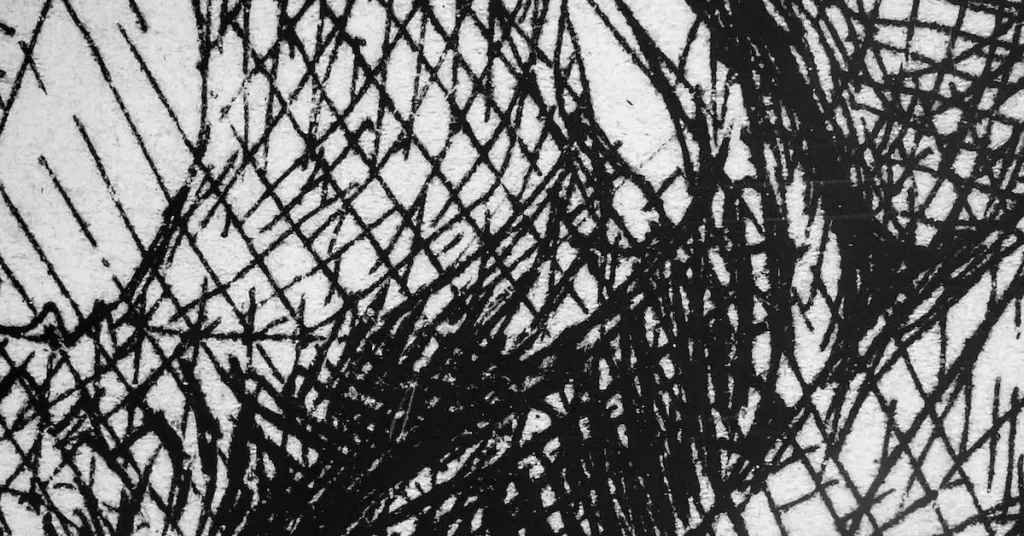
Advanced Charcoal Techniques
Exploring advanced charcoal drawing ideas is an exciting way to push the limits of this versatile medium. Whether layering charcoal for depth, focusing on complex compositions, or developing my style, mastering these techniques can elevate my work significantly.
Challenging Subjects and Complex Compositions
I find that tackling challenging subjects can greatly improve my skills. Working with complex compositions involves understanding how different elements interact on my canvas. This pushes me to think critically about spacing, structure, and the flow of my drawing. Here’s a structured approach I follow to bring my charcoal drawing ideas to life:
Challenging Charcoal Drawing Ideas:
- Hyperrealistic Portrait: Challenge yourself to create a hyperrealistic portrait that captures every detail of the subject’s features, including skin texture, hair strands, and subtle expressions.
- Wildlife in Action: Capture the dynamic movement and intricate details of wildlife in action, such as birds in flight, running cheetahs, or leaping dolphins.
- Extreme Perspectives: Experiment with extreme perspectives and foreshortening techniques by drawing subjects from unusual angles or viewpoints, such as looking up at towering skyscrapers or down into a deep canyon.
- Dynamic Sports Scene: Draw a dynamic sports scene capturing the fast-paced action and athleticism of athletes in motion, whether it’s a soccer match, basketball game, or track and field event.
- Dramatic Lighting Study: Challenge yourself to depict dramatic lighting scenarios, such as intense sunlight streaming through dense foliage, or a dimly lit interior scene illuminated by a single source of light.
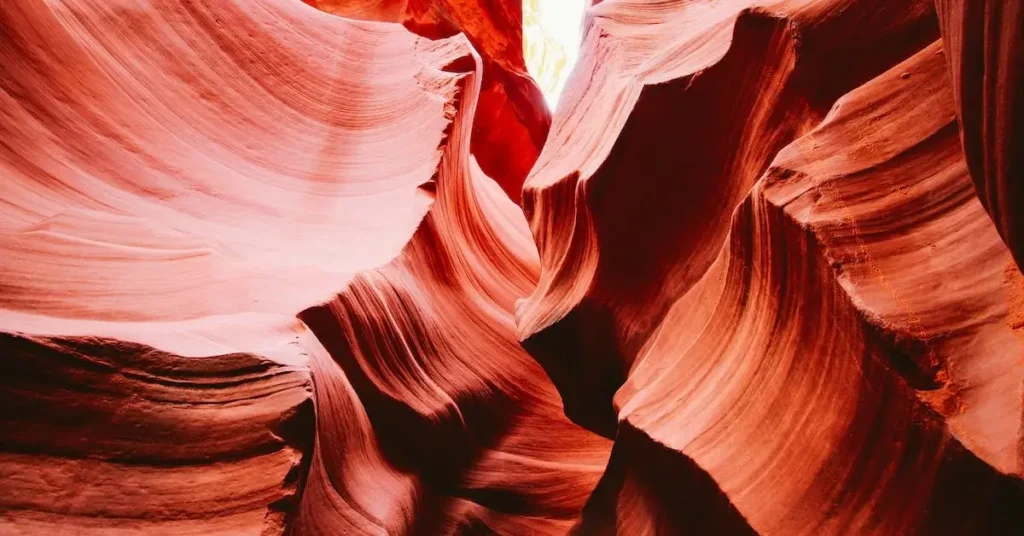
Complex Charcoal Drawing Ideas Compositions:
- Interlocking Figures: Create a composition featuring interlocking figures or intertwined forms, exploring themes of connection, unity, and relationships.
- Multi-layered Narrative: Construct a multi-layered narrative composition that tells a story through multiple elements and focal points, inviting viewers to explore different levels of meaning and interpretation.
- Architectural Fantasy: Design a complex architectural fantasy composition featuring imaginative structures, fantastical landscapes, and surreal environments that defy conventional notions of space and reality.
- Natural Abstraction: Explore the abstract potential of natural forms by composing a scene that blurs the boundaries between realism and abstraction, emphasizing organic shapes, patterns, and textures found in the natural world.
- Temporal Sequence: Create a composition that conveys a sense of temporal sequence or progression, such as a series of images depicting the stages of a flower blooming, or the evolution of a landscape over time.
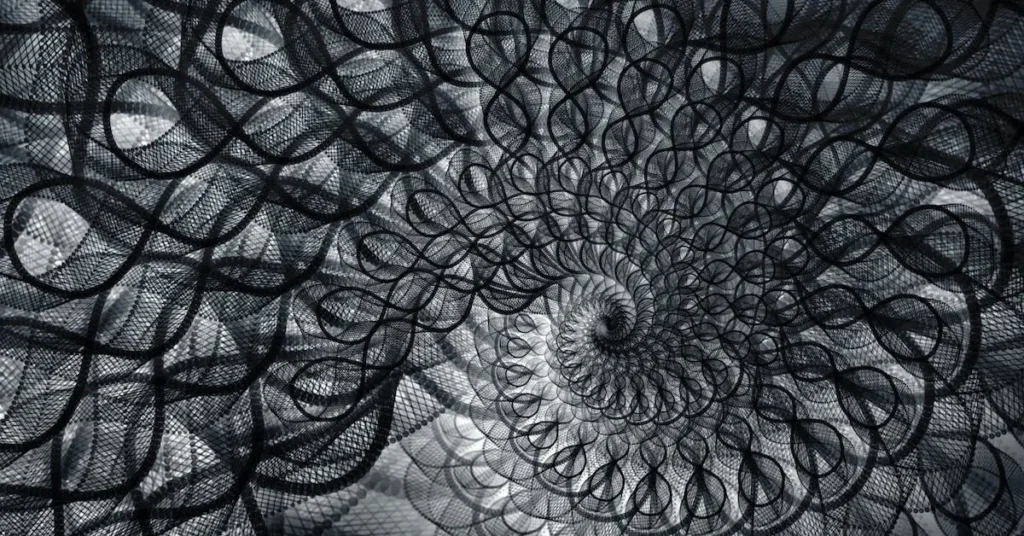
Developing a Personal Style
For me, creating personal style in charcoal drawing ideas is all about how I express my perspective and character through my art. To find your style, here are some ideas:
1. Study Different Artists
Explore the works of different charcoal artists across various styles and genres. Analyze their techniques, compositions, use of light and shadow, mark-making, and overall aesthetic. Identify aspects of their work that resonate with you and inspire you to explore similar approaches in your charcoal drawing ideas.
2. Experiment with Techniques
Experiment with different charcoal techniques and approaches to mark-making. Try out various methods such as stippling, hatching, cross-hatching, blending, erasing, and using different tools and materials like charcoal pencils, charcoal sticks, vine charcoal, and charcoal powder. Explore the expressive potential of charcoal and find techniques that allow you to convey your unique vision and style.
3. Embrace Personal Expression
Allow your personal experiences, emotions, interests, and perspectives to inform your artistic expression. Draw charcoal drawing ideas from your own life, memories, dreams, and imagination. Use charcoal drawing as a means of self-expression and communication, allowing your voice and personality to shine through in your artwork.
4. Develop a Signature Subject Matter
Consider exploring specific themes, subjects, or motifs that resonate with you on a personal level. Whether it’s landscapes, portraits, still life, abstract compositions, or narrative scenes, focus on subjects that you are passionate about and feel connected to. Develop your visual vocabulary and iconography that reflects your interests, values, and experiences.
5. Cultivate Consistency
Strive for consistency in your artistic approach and visual language while allowing room for growth and evolution. Develop a cohesive body of work characterized by recurring themes, motifs, techniques, and stylistic elements that define your unique artistic identity. Experiment with different charcoal drawing ideas and approaches, but also be mindful of maintaining a sense of continuity and coherence in your artwork.
6. Seek Feedback and Self-Reflection
Seek feedback from peers, mentors, and art communities to gain insights and perspectives on your work. Be open to constructive criticism and use it as an opportunity for growth and learning. Engage in self-reflection and introspection to deepen your understanding of your artistic process, preferences, strengths, and areas for improvement.
7. Allow for Evolution
Recognize that artistic style is not static but evolves and matures over time. Embrace experimentation, exploration, and risk-taking as essential components of artistic growth. Be open to new ideas, influences, and experiences that may shape and refine your style in unexpected ways.
By combining these elements and staying true to your artistic vision and voice, you can develop a distinctive and authentic style in charcoal drawing that reflects your unique perspective and creative sensibilities.
Creative Techniques and Effects
When I think about charcoal drawing ideas, I’m always excited by the myriad of techniques that breathe life into my artwork. Let’s explore how to use lights, shadows, paper textures, and even a splash of color to enhance our creations.
Playing with Lights and Shadows
A fundamental aspect of charcoal drawing is mastering the interplay between light and dark. I often start with a light touch, gradually building up to the deep, rich blacks that charcoal is famous for. By varying the pressure and layering, I can create a range of tones that give objects a three-dimensional feel. It’s not just the darkness; it’s the subtle half-tones that make my charcoal drawing ideas pop.
Usage of Textured Paper
I’ve found that textured paper can turn a simple composition into something special. The texture adds an extra layer of depth to my work, allowing me to play with the grain to create interesting patterns. Whether I’m working with a fine, medium, or coarse surface, each type of paper can influence the character of my charcoal marks.
- Fine Texture: Provides subtlety in detail.
- Medium Texture: Good for general-purpose drawing.
- Coarse Texture: Best for bold and expressive strokes.
Introducing Color and Mixed Media
Sometimes, sticking to monochrome feels a bit limiting. That’s when I like to introduce color and mixed media into my charcoal drawing ideas. Adding colored pastels or a hint of paint on toned paper can bring a new dimension and highlight focal points. Mixed media not only enriches textures but also opens up a wide range of creative charcoal drawing ideas – so here is a little bit of inspiration for you:
1. Soft Pastels:
Soft pastels can be used alongside charcoal to add subtle hints of color or vibrant accents to your drawings. Experiment with blending pastel colors directly onto the charcoal surface or layering them over charcoal marks to create rich, expressive effects.
2. Colored Pencils:
Colored pencils offer precision and control, allowing you to add intricate details, texture, and shading to your charcoal drawings. Use colored pencils to layer colors, create highlights, and refine areas of your composition with delicate strokes and subtle gradations.
3. Watercolor Washes:
Experiment with applying transparent watercolor washes over charcoal drawings to create atmospheric effects and add depth to your artwork. Use a soft brush to apply diluted watercolor paint in layers, allowing the charcoal marks to show through and interact with the colors for a dynamic interplay of tones and textures.
4. Acrylic Paint:
Acrylic paint can be used to add bold, opaque color accents and highlights to your charcoal drawings. Experiment with painting acrylic washes, splatters, or textured layers over charcoal to create visually striking effects and emphasize focal points in your composition.
5. Ink and Markers:
Ink pens and markers can be used to add bold outlines, intricate details, and vibrant accents to your charcoal drawings. Experiment with different ink colors, line weights, and drawing techniques to create dynamic contrasts and graphic effects that complement the textural qualities of charcoal.
6. Oil Pastels:
Oil pastels offer creamy consistency and vibrant colors that can be applied directly onto charcoal drawings to add depth, texture, and luminosity. Experiment with layering oil pastels over charcoal marks or blending them with your fingers or blending tools to create soft transitions and expressive color effects.
7. Mixed Media Collage:
Incorporate collage elements such as textured papers, fabric scraps, found objects, or printed materials into your charcoal drawings to add layers of visual interest and narrative depth. Experiment with collaging materials onto the surface of your drawing and integrating them with charcoal marks to create mixed media compositions that blend realism with abstraction.
By incorporating these techniques, you can make sure your charcoal artwork is dynamic and full of life. It’s all about experimenting and finding what resonates with your style.
Enhancing and Preserving Charcoal Drawings
When it comes to charcoal drawing ideas, the right preservation methods are crucial for maintaining the integrity and longevity of your artwork. I’ll guide you through the use of fixatives and framing tips that are essential for protecting your charcoal creations.
Using Fixatives Effectively
Fixatives are a must-have in my charcoal drawing kit. I use a fixative spray to help set my work and prevent smudging. Here’s how to apply it properly:
- Ensure the drawing is completely dry.
- Hold the can about 12 inches away from the artwork.
- Spray in a side-to-side motion, starting and ending the spray off the edge of the paper.
- Apply multiple light coats, allowing it to dry in between.
This method protects the charcoal from physical contact and moisture. Remember, when choosing a fixative, opt for one that’s specifically designed for charcoal to avoid any unwanted reactions with the medium.
Framing and Display Tips
After securing the drawing with a fixative, framing is the next step to ensure it’s well preserved. Here are some of my framing tips:
- Use acid-free mats to prevent the drawing from touching the glass.
- Choose UV-protective glass to shield the artwork from sunlight.
- Ensure the frame is sealed properly to keep out dust and humidity.
By following these steps, I’ve been able to maintain the quality of my charcoal drawings for years, allowing them to be admired without the worry of deterioration.
Learning Resources and Practice
When it comes to exploring charcoal drawing ideas, I find diving into resources and practicing essential. Whether you want to master the nuances of charcoal or just starting, this guide is for you.
Finding Inspiration and Reference
Inspiration is everywhere, but sometimes having a collection of reference photos can spark creativity. When choosing a photo, look for dynamic lighting and interesting forms that challenge your skills. You can read my articles Male Pose Reference, Female Pose Reference, Dynamic Posing Reference, take a look in my drawing reference category or take some inspiration from 75+ Themes to Draw.
Building Observation and Technique Through Practice
Practice is key in honing your observation skills and techniques. Routine drawing exercises often lead to improvement. A step-by-step tutorial is an optimal way to start if you feel stuck or if you want to learn specific charcoal drawing techniques. Reader-supported sites like Artsy provide valuable tips for beginners to get started with charcoal, showing how to control the medium’s intensity for desired effects.
Frequently Asked Questions
I find that a good set of charcoal drawing ideas can really spark creativity. Here’s some FAQs to get you started.
What are the essential materials needed for starting charcoal drawing?
My kit always includes various types of charcoal, like vine and compressed, a quality eraser, blending stumps, and charcoal paper with a good tooth for grip.
What are some simple subjects for beginners to start with in charcoal drawing?
Starting with simple shapes or fruit can help you grasp the basic techniques without being too overwhelming.
How can I incorporate animals into my charcoal drawing projects?
I love to start with a basic skeletal structure and pay special attention to fur texture and eyes to bring animals to life in my work.
Can you suggest some techniques for drawing landscapes with charcoal?
For landscapes, I suggest mastering the use of layers to create depth and experimenting with different pressure levels to capture the variety of textures.
What are some tips for creating charcoal portraits?
When I do portraits, I focus on capturing the light and shadows accurately, which is key to creating a realistic likeness.
How should one preserve a charcoal drawing once it’s finished?
To preserve my drawings, I always use a fixative spray to prevent smudging and protect the piece from dust.
If you liked this blog post about charcoal drawing ideas, don’t forget to leave me a comment down below to tell me about your experience with it.
